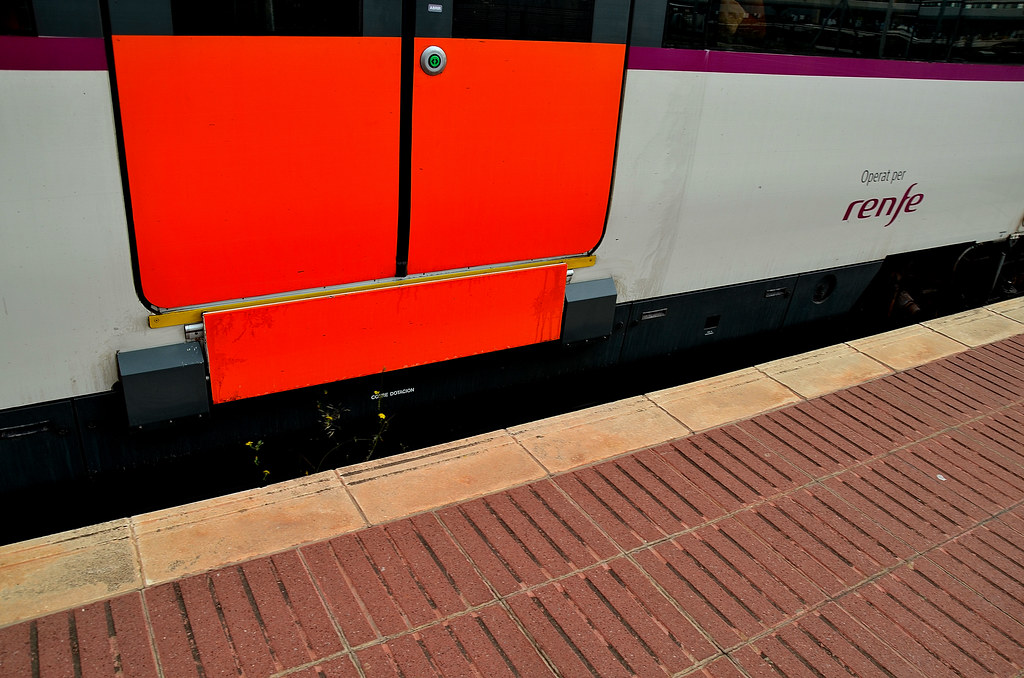Melbourne did consider introducing them. In fact, the tunnels in the City Loop are all double height, in anticipation of double-decker trains being introduced one day, and such vehicles did trial runs on the Belgrave/Lilydale lines. There are two main reasons why Melbourne ultimately opted not to use them.
- Infrastructure. Most of our railway infrastructure was built for single-decker trains, and most lines had at least one point (be it a bridge that wouldn’t be able to withstand the extra weight, a level crossing without enough space for a double-decker train to pass through, etc.) that blocked double-decker trains from passing through. All of those points would have to be rebuilt in order to make the transition, which promised to be massively expensive.
- In many ways, double-decker trains are actually inferior to single-deck ones. Yes, they can carry more people, but because it takes much longer for passengers to reach the doors to get out at the end of the trip, trains are required to stop for longer at each station, and dwell times blow out. Many of Melbourne’s suburban lines are very long, and this could have seen a trip from Frankston into the CBD increase from just over one hour to almost two hours, for example. Double-decker trains work better for express services where few stops are made, but most lines in Melbourne lack the third track required to make that possible. (I mean, we still have sections of the suburban network which lack even a second track…)
Overall, it was deemed that introducing double-decker trains would slow down journey times unacceptably, and be too expensive to boot. Instead, governments have expanded the size of our single-deck fleet, stopped running three-carriage services (all three-carriage trains are now permanently coupled) and have (far too slowly, but still) responded to increasing passenger demand by running services at higher frequencies.
1.3k views ·
View 14 Upvoters








